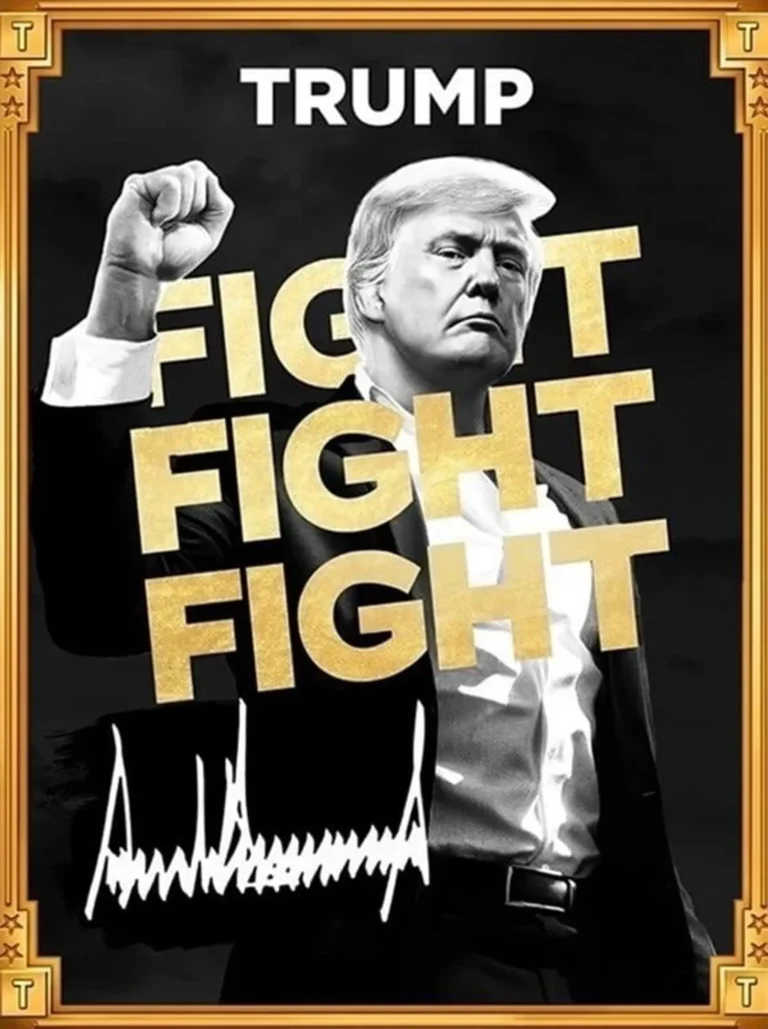No underlying assets or practical purposes to support value
Small coin pool and mostly owned by insiders, leading to high volatility
Prone to rug pulling scams

Trump Meme Coin appeared on domestic virtual asset exchanges. However, meme coins are among the riskiest digital assets and require special caution when investing.
Meme coins are cryptocurrencies that start as memes or jokes on the Internet. Cryptocurrency skeptics often use meme coins as an example to argue that digital assets are unreliable and will never be able to compete with traditional finance.
Last week, when President Donald Trump and his wife launched two meme coins, top officials in the U.S. digital assets industry expressed concerns that it would harm the industry by undermining the credibility of cryptocurrencies.
There are several reasons why meme coins are riskier than cryptocurrencies like Bitcoin or Ethereum.
Well-known cryptocurrencies were created to imitate traditional currencies and improve functionality or to pay for online services. However, meme pieces usually start with jokes or social experiments. They lack underlying assets to support their value and have no practical purpose.
For retail investors, meme coins are cheaper than Bitcoin and Ethereum, making them easier to invest in. However, investing in even coins without tangible assets to support their value can be much riskier. They can also rise or fall within minutes because the available coin pool is smaller than that of major cryptocurrencies, and most are held by the creators and their insiders.
Meme coin investors are also vulnerable to scams known as rug pulls. This is when coin developers abandon the project or suddenly liquidate their holdings, rendering the tokens worthless.
Unlike existing digital assets like Bitcoin or Ethereum, meme coins rarely have third-party auditors for their code. This makes it easier for hackers to exploit software vulnerabilities and steal investors’ money.
Even if Trump rejects it, the continuation of Trump Meme Coin is also ethically questionable for public officials. Government watchdogs immediately criticized it as a violation of presidential ethical standards, while industry insiders condemned it as an act of presidential profiteering.
From Trump’s personal perspective, minting coins is a money grab. The market value of its $Trump Coin soared to $15 billion (22 trillion won) after its launch on January 18. This indicates a boon for Trump-linked companies that own most of the tokens. Two days later, Melania, named after the First Lady, was launched and also jumped within hours.
Trump Meme Coin is 80% owned by CIC Digital, a subsidiary of the Trump Organization, and a related company, Fight Fight Fight.
The Trump meme coin art depicts him with his fist raised in the air. It is based on a widely circulated photo of Trump after an assassination attempt at a campaign rally.
The first and most valuable coin, Dogecoin, originated from a photo of a Japanese Shiba Inu dog that became famous as an internet meme. Coins like Dogewithhat and Pepe also reference images of a dog with a hat and an anthropomorphized green frog.
Despite this, meme coins currently have a total market value of over $100 billion. It’s an expensive joke. Currently, Dogecoin is the largest meme coin with a market value of over $50 billion. Other coins with high market value include Shiba Inu, Pepe and Bonk.
The blockchains underlying meme coins vary. Dogecoin is built on its own blockchain, where records of ownership and transaction activity are public. Other meme coins are based on blockchains like Ethereum or Solana.
The people who make money from meme coins are the developers and early investors. They can reap the greatest profits from sales when prices rise. Cryptocurrency exchanges and brokers, who see increased trading volume and fee income when interest in meme coins explodes, are also beneficiaries.
Guest journalist Kim Jung-ah kja@hankyung.com

